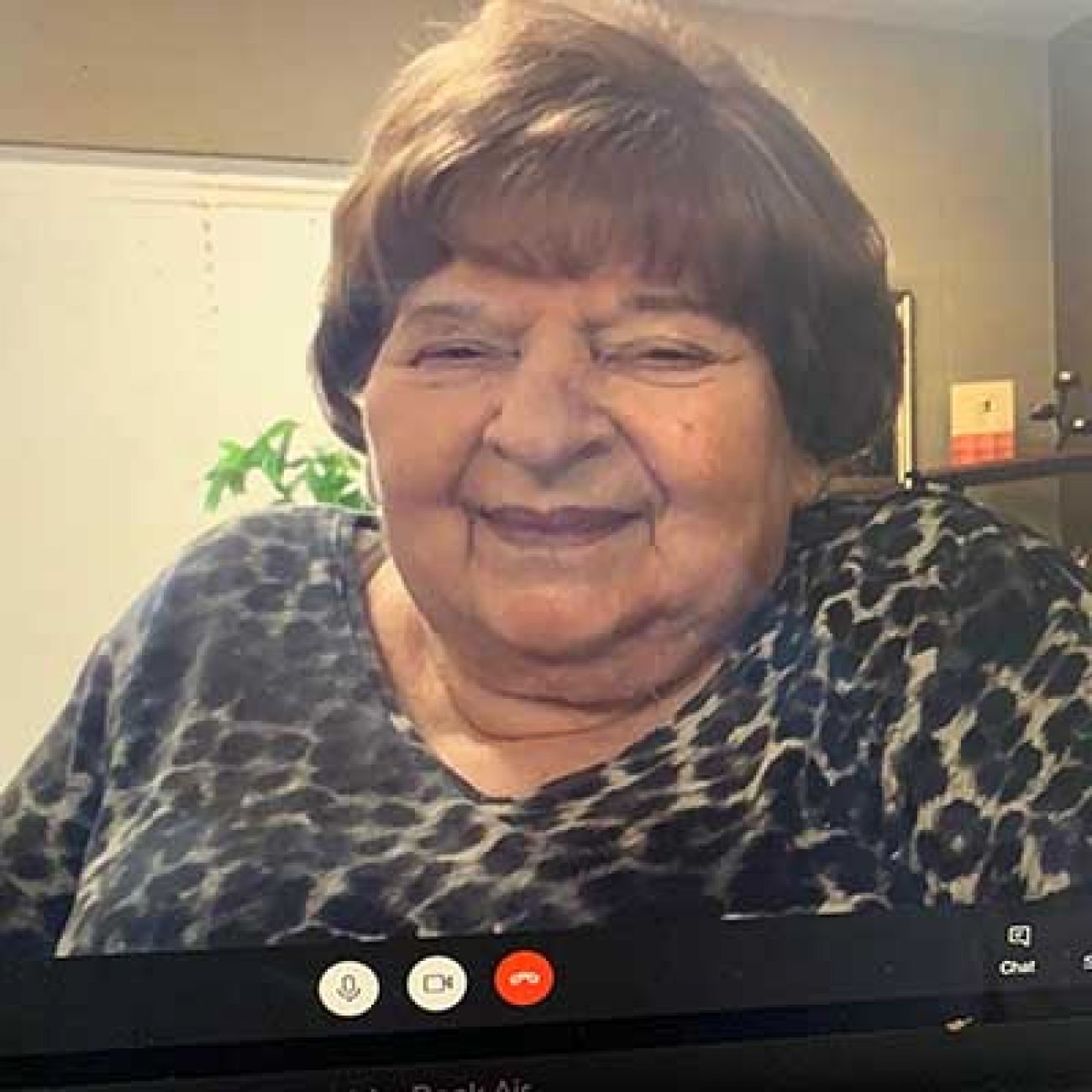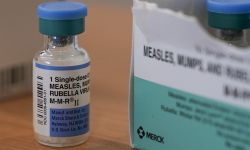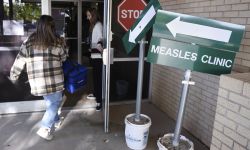Michigan passes 200,000 COVID cases. What we’ve learned, and haven’t.

It took six months for COVID-19 to reach 100,000 cases in Michigan.
It’s taken just 70 days for those numbers to double. On Friday, Michigan stood at 200,569 cases, according to new state data.
At the current pace, the state will pass 300,000 cases in less than a month as Michigan returns to long lines for tests, worries about hospital capacity and difficult days ahead for thousands of sick people.
And doctors and health officials worry that eight months of numbers and charts and maps have turned even the most sobering data into a kind of white noise — with too many residents not following basic advice.
“I wish I had a great idea of something new that we could try or something that would allow people to embrace and coalesce around,” said Nick Derusha, president of the Michigan Association of Local Public Health.
“I think the fact is that the things we need to do to beat the virus are pretty simple, and I think we know them.”
It’s important to focus on what’s happening now instead of cumulative totals, said Linda Vail, health officer in Ingham County, where numbers spiked during the summer after an outbreak at an East Lansing bar and then again in September when off-campus Michigan State University students returned for fall classes.
Even so, then, she noted, the numbers are sobering.
- On Thursday, the state added another 5,710 cases, a third more than the previous record, 4,101, from the day before.
- On Friday, 145 more people were hospitalized with confirmed or suspected cases of COVID, raising the total currently hospitalized uacross the state to 2,425, the highest level since late April — and 1,200 more than just two weeks ago.
- Also Friday, the state reported 43 deaths, raising the pandemic total past 7,500. It was the highest one-day death toll since late May.
Vail and other health officials and doctors who spoke to Bridge repeated what they’ve been saying for months: Wear a mask. Wash hands. Social distance. Avoid gatherings. Stay home when sick.
While the virus has mutated as viruses do, it has not done so in a way that makes it more virulent, said Emily Toth Martin, an associate professor of epidemiology and co-director of the Michigan Influenza Center at the University of Michigan School of Public Health.
Contact tracing confirms that the most “explosive” outbreaks are in large gatherings and places where masks aren’t used, she said.
“The more easy solutions seem to be working,” she said.
Recent “superspreader” events — Halloween bashes, political rallies and college football parties — now may be adding further fuel to the spread, she and others told Bridge Michigan.
“That’s undoubtedly going to drive up transmission over the next couple of weeks,” said Dr. Nick Gilpin, medical director of infection prevention and epidemiology at Beaumont Health.
Data and doubt
But eight months has made this clear: Simple safety recommendations have proven anything but.
While Derusha and other health officials plead with a weary public to stay the course, others see the messaging as attacks on personal freedoms, overreach by government, and wrecking the economy. The data have deepened divides.
Just this week, Democrat Gov. Gretchen Whitmer asked the Republican-led legislature to mandate masks as a way to boost compliance with public health orders. But incoming House Speaker Jason Wentworth, R-Clare, dismissed the plea as a “press stunt.”
Before (and after) he was sickened with COVID last month, President Trump frequently appeared without a mask and dismissed Dr. Anthony Fauci, director of the National Institute of Allergy and Infectious Diseases, and other health experts as “idiots.”
After years of experience in contact tracing, disease control and prevention and pandemic planning, public health officials were caught off-guard by the political pushback, said MALPH’s Derusha.
It’s “disheartening,” he said, noting that some staffers have worked nearly seven days a week since March, only to have the public insult them.
“We definitely understand that folks are tired of the virus. They're fatigued with the measures that need to be in place and the things we need to do. We sympathize. We're tired as well,” he said.
Nursing homes remain hotspots
The state’s recent data also show that nursing homes continue to be weak links in the defense, despite protocols that have forced regular testing of staff and shut down nearly all indoor visitation for eight months.
Last week, 55 of 96 deaths were in nursing homes and other long-term care facilities.
In Grand Rapids, Michelle Thompson has spent a better part of 2020 trying to see her 87-year-old mother at her nursing home. She was able to score a single outdoor visit in October — the last one that wasn’t bisected by a window or a Skype screen.
On Monday came the news she had dreaded: Norma Thompson was taken to the hospital after testing positive for COVID.

By Friday, as her mother’s oxygen levels continued to drop, Michelle Thompson, a former customer service representative at an insurance company, struggled to keep her voice even.
She is furious at the virus. Furious at her helplessness. Furious at anyone who denies COVID or has given up the fight against it.
“Some people — you could take them to my Mom’s bedside right now, and they wouldn’t give a shit,” Thompson told Bridge.
She apologized for the language. But the whole year has ground away at her patience. The worry — bad enough before Monday — has overwhelmed her.
“She was a vibrant 87-year-old who a week ago was laughing and joking and smiling,” she said of her mother.
Burnout

On the positive side, hospitals across Michigan are better positioned with personal protective equipment than they were in March and April.
There's still no vaccine or sure-fire treatment, but doctors today are able to recognize COVID’s many symptoms faster and test supplies are more readily available. Treatment options are growing, too.
But Dr. Gary Roth, chief medical officer of the Michigan Health & Hospital Association, and others worry about something else: Staff burnout.
Especially in southeast Michigan, medical staff and their support had been at bedsides when hospitals were overwhelmed last spring and patients died without loved ones at their sides. Staff were suited in hot, uncomfortable PPE — equipment that rubbed skin raw. They worried about their own health and their loved ones when they returned homes.
“Many of them had just barely begun to recover from the effects of the stresses of COVID-19 early on,” Roth said.
That’s when a second wave hit Michigan.
It’s no longer “in the rearview mirror,” he said. “They're seeing it in front.”
See what new members are saying about why they donated to Bridge Michigan:
- “In order for this information to be accurate and unbiased it must be underwritten by its readers, not by special interests.” - Larry S.
- “Not many other media sources report on the topics Bridge does.” - Susan B.
- “Your journalism is outstanding and rare these days.” - Mark S.
If you want to ensure the future of nonpartisan, nonprofit Michigan journalism, please become a member today. You, too, will be asked why you donated and maybe we'll feature your quote next time!








